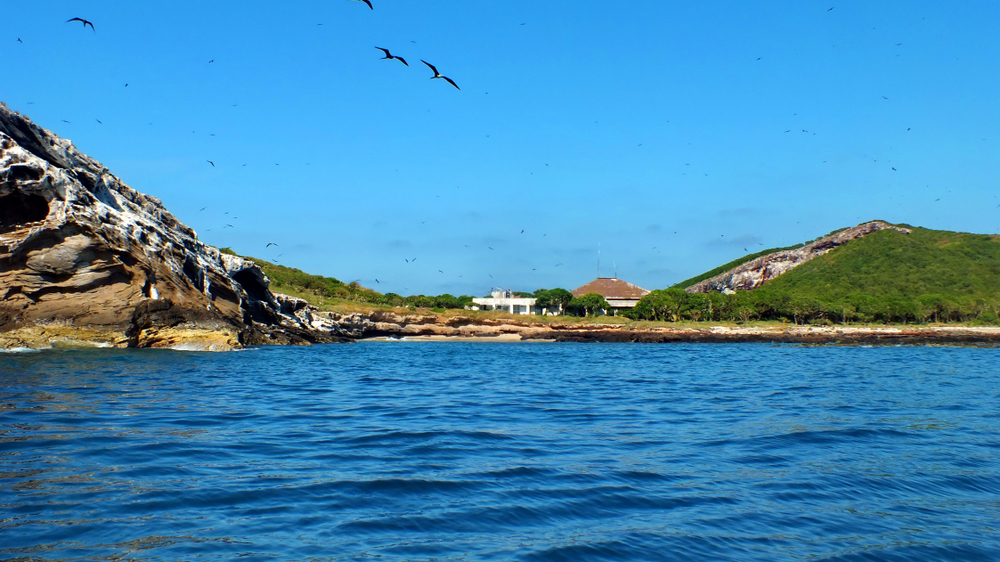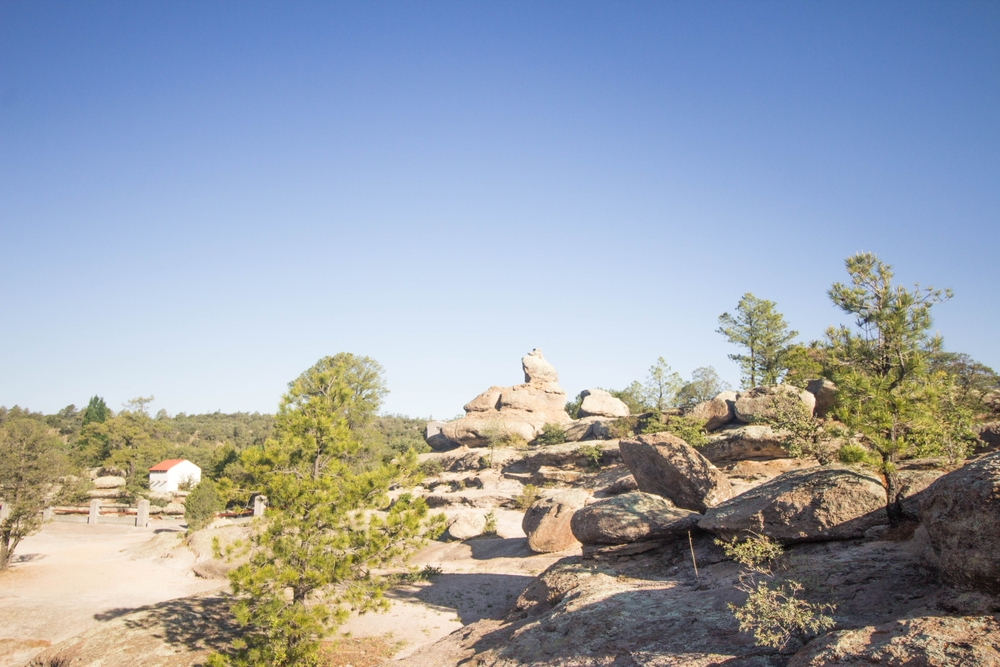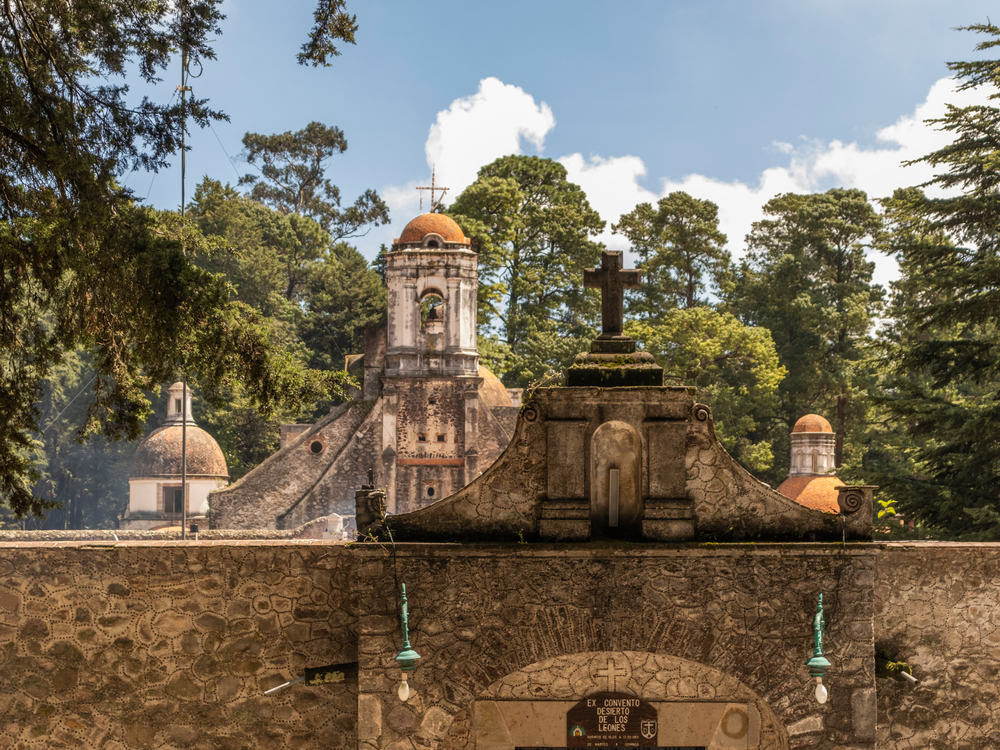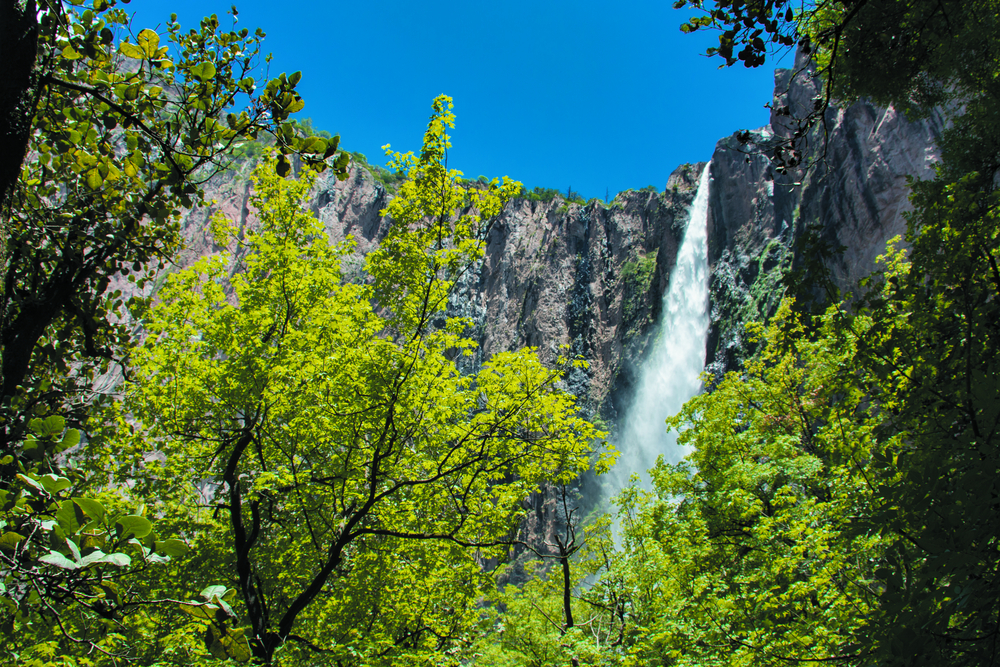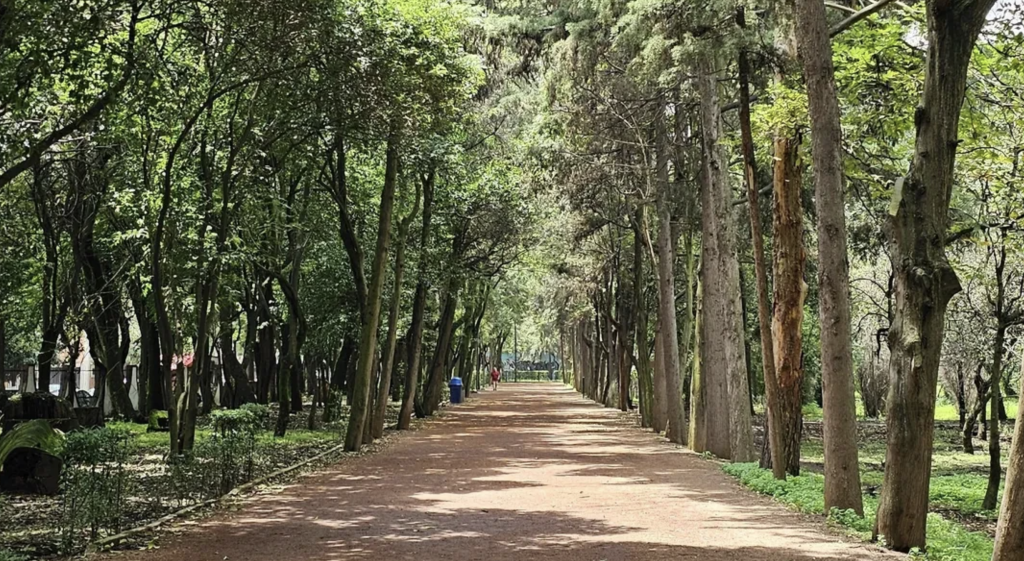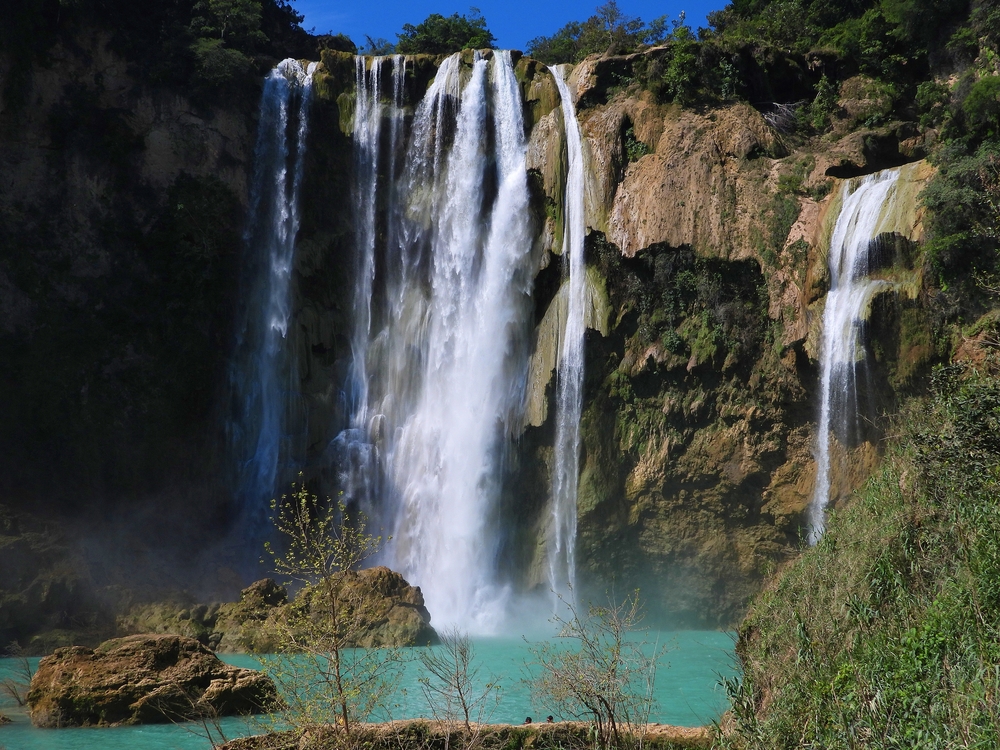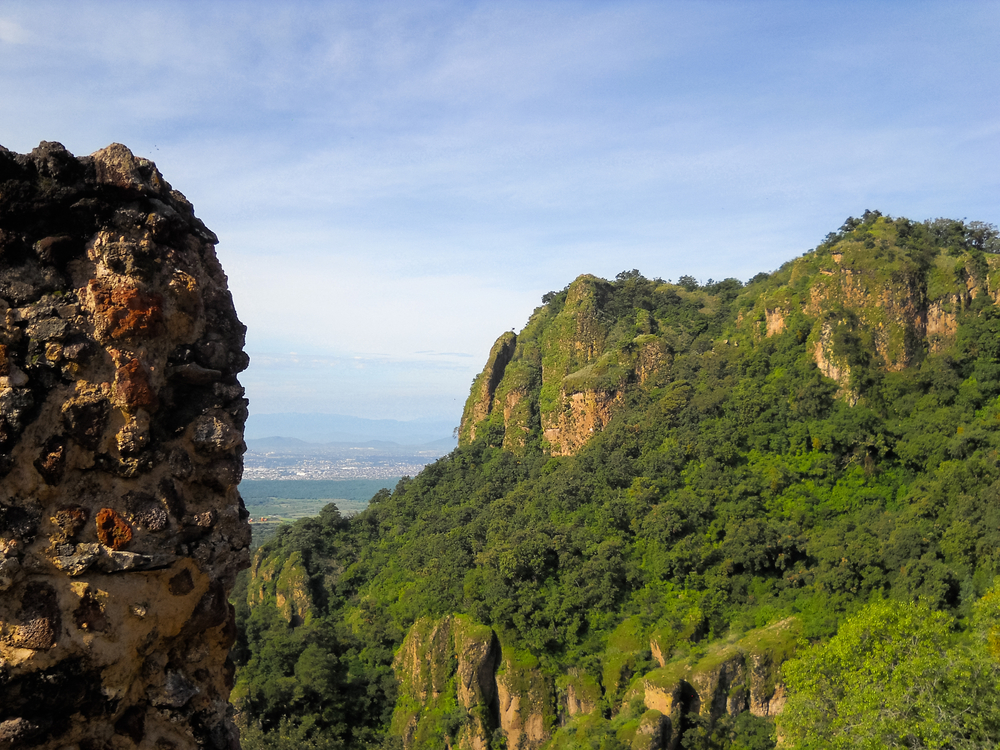Isla Isabel Overview
Isla Isabel National Park, known as Parque Nacional Isla Isabel in Spanish, is a protected area located in the Pacific Ocean off the coast of Nayarit, Mexico. Covering approximately 1.9 square miles (4.94 square kilometers), this small yet ecologically rich island is recognized for its dramatic landscapes, rugged cliffs, and thriving marine and bird life.
The park consists of volcanic terrain, featuring rocky outcrops, steep cliffs, and small sandy beaches. Vegetation is relatively sparse, with low-lying shrubs and cacti dominating the landscape. The surrounding waters of the Pacific are teeming with marine biodiversity, making the island an essential habitat for numerous species.
One of the most remarkable aspects of Isla Isabel National Park is its abundant wildlife, particularly its bird populations. The island is a sanctuary for seabirds, hosting large colonies of magnificent frigatebirds, brown boobies, and blue-footed boobies. These birds nest in great numbers, offering visitors an extraordinary opportunity to observe their behaviors up close.
Other notable avian species include sooty terns, red-billed tropicbirds, and brown pelicans. In the surrounding waters, visitors may spot sea turtles, manta rays, and an array of fish species. The region is also known for seasonal whale migrations, with humpback whales passing through the area, especially between December and March.
One of the most popular attractions of the park is its thriving seabird colonies, which are among the most significant in the Pacific. Snorkeling and diving in the surrounding waters allow visitors to witness the incredible marine life, including schools of vibrant fish, coral formations, and, occasionally, whale sharks.
The island’s volcanic origins contribute to its unique geological formations, including sea caves and jagged coastal cliffs that provide spectacular views. Given its remote nature, Isla Isabel offers a rare sense of seclusion and unspoiled natural beauty.
Visitors to Isla Isabel typically arrive by boat from coastal towns like San Blas, with the journey itself offering opportunities to spot marine life. Activities within the park focus on nature-based experiences, including birdwatching, hiking, snorkeling, and scuba diving.
Camping is allowed on the island, providing a unique opportunity for visitors to immerse themselves in the park’s natural environment overnight. Due to the lack of developed infrastructure, visitors must bring their own supplies, making it an ideal destination for those seeking adventure and connection with nature.
Conservation efforts in Isla Isabel National Park have been crucial in protecting its fragile ecosystems. The island was designated a national park in 1980 and is also recognized as a UNESCO Biosphere Reserve. Strict regulations help safeguard the breeding grounds of seabirds and the surrounding marine life.
Efforts to control invasive species and limit human impact have played a key role in maintaining the park’s ecological integrity. Challenges include illegal fishing activities and the need for continued enforcement of conservation measures. However, ongoing research and monitoring initiatives contribute to the park’s long-term preservation, ensuring that future generations can continue to experience its natural wonders.








































































